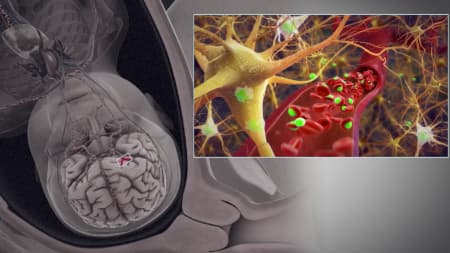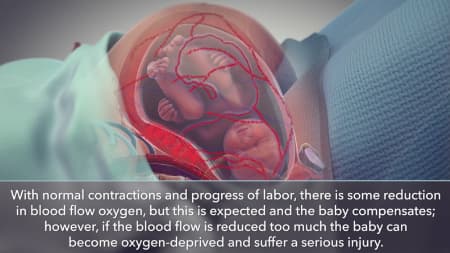Portland Birth Injury Attorneys Helping Victims Recover Compensation Throughout Maine
The medical and legal issues presented in a typical birth injury case are complicated and vigorously disputed. But the underlying question is simple: Was there some act or omission by the medical providers that caused the baby’s injuries? The challenge is to distinguish between injuries resulting from unavoidable or unknowable conditions, and those caused by substandard decision-making in managing the pregnancy, delivery, or postpartum care.
This is why it is important to work with a seasoned attorney who has handled cases like this successfully in the past. Call Gideon Asen LLC to speak with a Portland birth injury lawyer with our firm.
How Do I Know If I Have A Birth Injury Case?
A good starting point is to understand the mechanism of injury. Once the mechanism of injury is identified, the next questions are: How and why did that happen? and Would a different approach to the medical care have prevented the injury?
Mechanism Of Injury
Birth injuries have been widely studied and there is a large body of scholarly literature and data to help guide the inquiry. There are also accepted approaches to determining the mechanism of injury and standards that obstetricians should follow to minimize the risk of harm to mom and baby.
Prenatal Injury

Intrapartum Injuries

For intrapartum injury cases, the starting point is proof that the injury did, in fact, occur during labor and delivery. Typically, the proof of intrapartum injury is based upon the baby’s clinical condition at birth (APGAR score), the acid/base levels measured in the baby’s blood gases at birth, pathology findings relating to the baby’s umbilical cord and placenta, and imaging of the baby’s brain. All of these issues can be complicated and require expert analysis, but each of these factors provides important clues that help time the onset of the injury. The American College of Obstetricians and Gynecologists (ACOG) has published guidelines that are often cited in arguments concerning the timing of a birth injury.
If the evidence supports a claim of intrapartum injury, the next step is explaining how the injury occurred and how a different (and more reasonable) approach would have prevented the injury. Even when it comes to an intrapartum birth injury, there are many possible mechanisms of harm.
Placental insufficiency
The added stress from mom pushing results in a lack of sufficient blood flow from the placenta to the fetus, causing the baby to slowly asphyxiate over time. The fetal heart rate monitor shows late or variable decelerations (dropping of baby’s heart rate) in connection with contractions and pushing, which should alert providers that the fetus is at risk and cause them to convert to a C-section.
Umbilical Cord Compression
During delivery, the umbilical cord can become compressed, curtailing blood flow to the fetus, and requiring immediate delivery to prevent permanent brain injury.
Shoulder Dystocia
When the baby descends through the birth canal, the baby’s shoulder can become stuck behind the mom’s pubic bone. This can cause umbilical cord compression and injury to the baby’s brachial plexus, the network of nerves that innervate the shoulder and arm, a condition called neonatal brachial plexus palsy, or more commonly, Erb’s palsy.
Postpartum Injuries

How Can An Expert Review Help With My Birth Injury Case?
To assist in answering these questions and proving the case likely will require the involvement of a number of experts in different medical specialties, including (1) obstetrics / maternal-fetal medicine, (2) neonatology, (3) placental pathology, (4) neuroradiology, and (5) pediatric neurology. Other experts will be required to testify to the extent of damages and lifetime medical and lifecare needs.
Call a Portland Birth Injury Attorney Today
Birth injury cases often present some of the most difficult and vigorously disputed medical malpractice issues of any type of medical malpractice case. To identify a viable case requires a high index of suspicion whenever a baby is born with severe cognitive, neurological, or physical deficits that become permanent. A child born with a birth injury creates enormous financial challenges for their parents, society, and the medical system. A successful birth injury case may help provide the financial security that the injured baby and her parents need to meet the child’s medical and life care needs. Call Gideon Asen LLC today to book a consultation with a Portland birth injury lawyer.

















